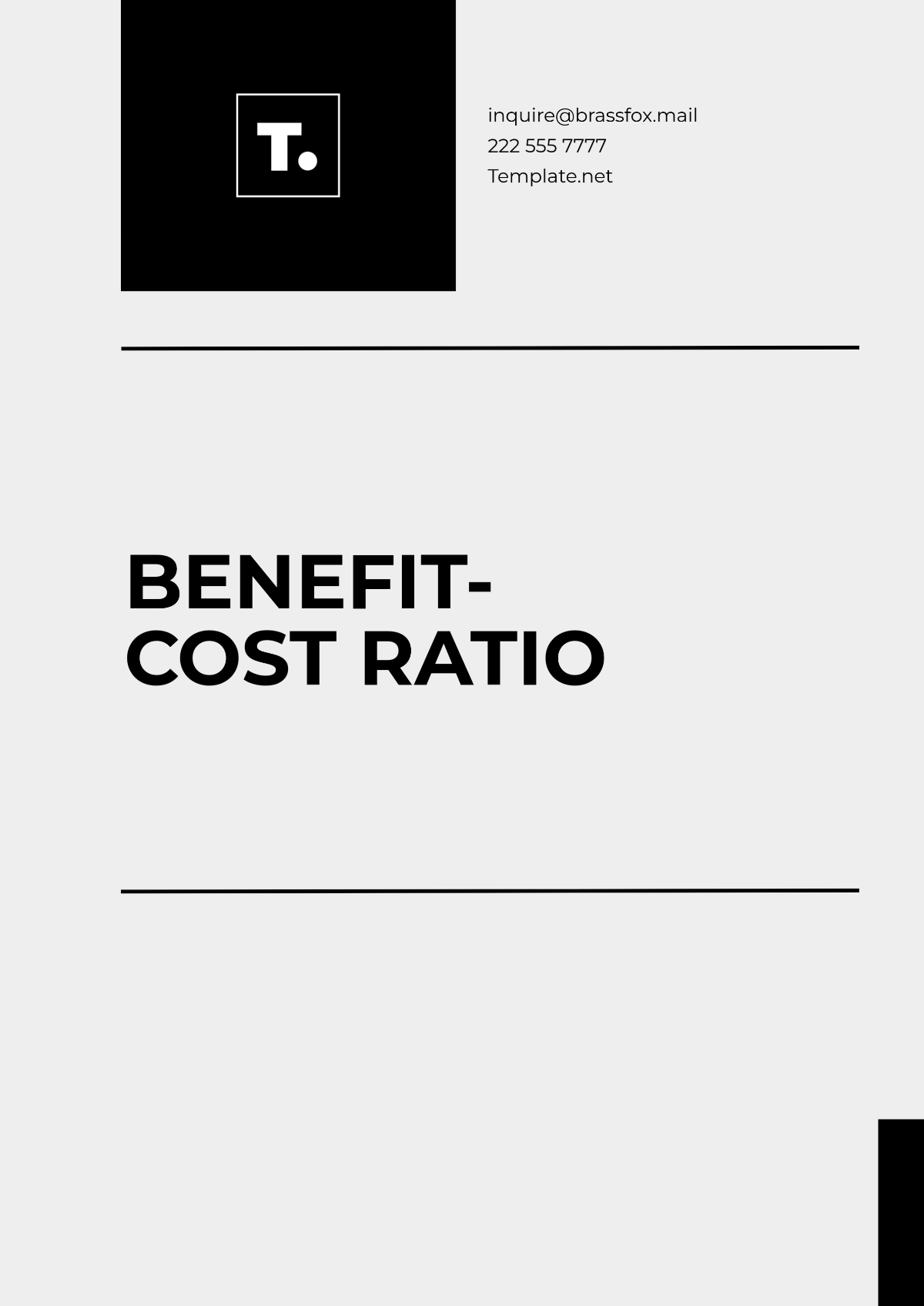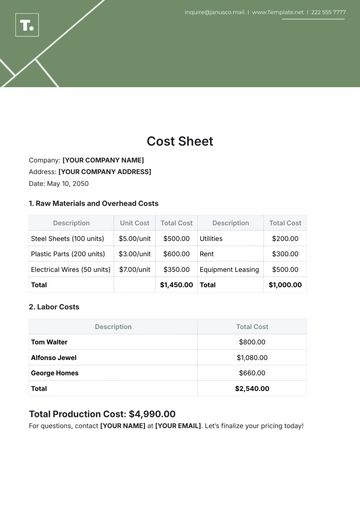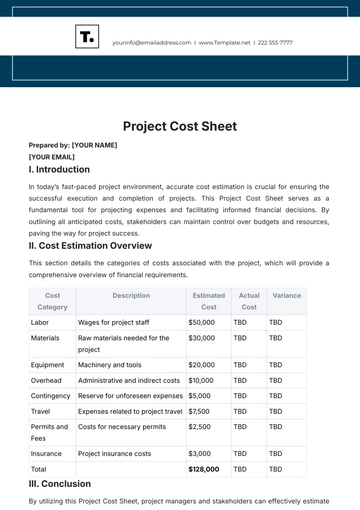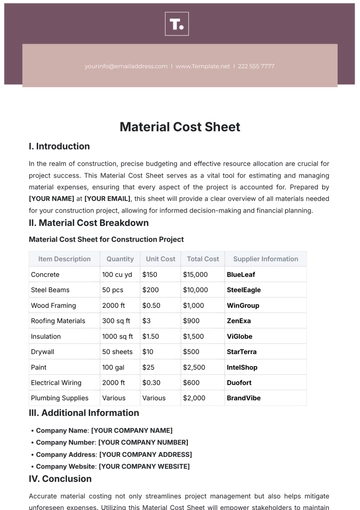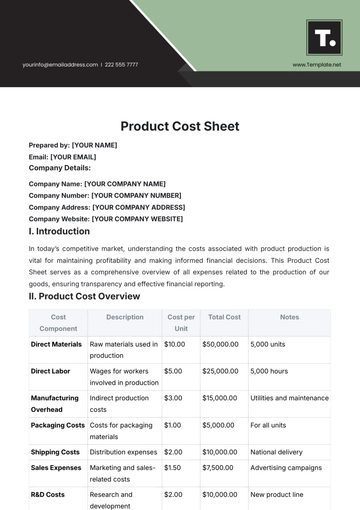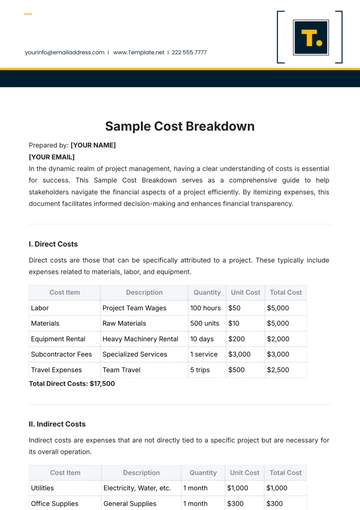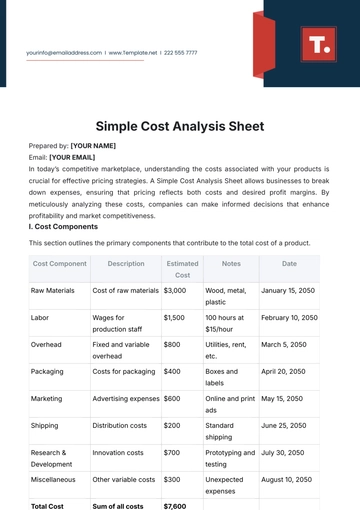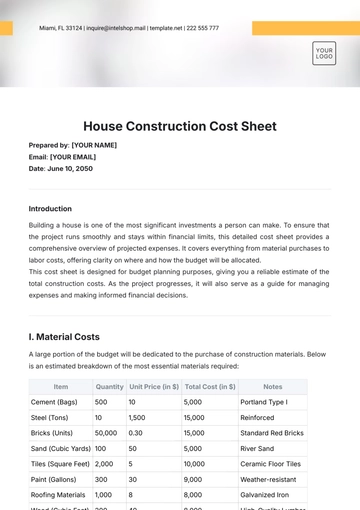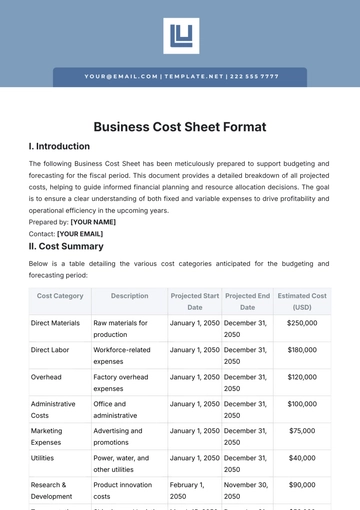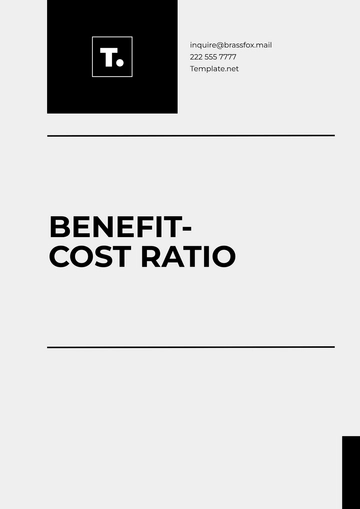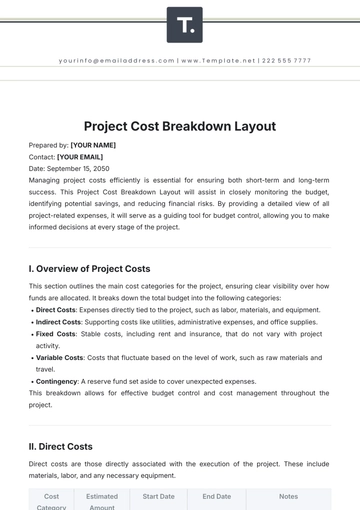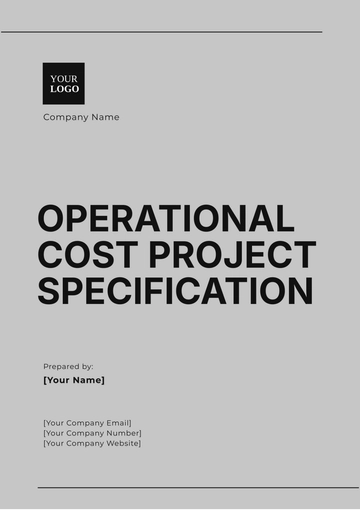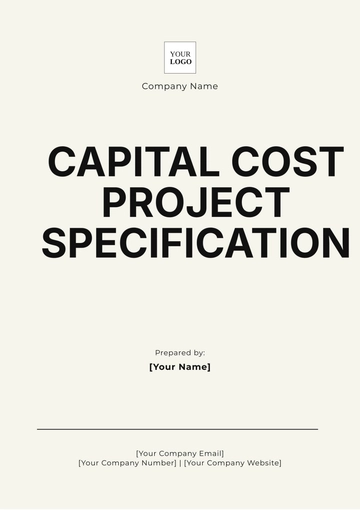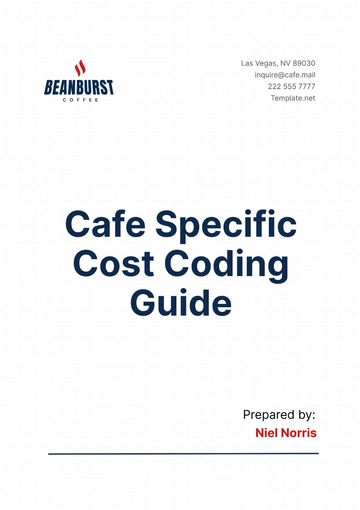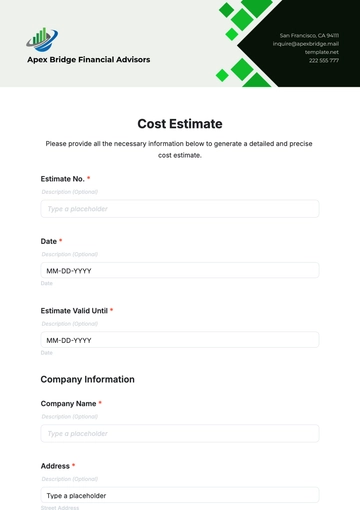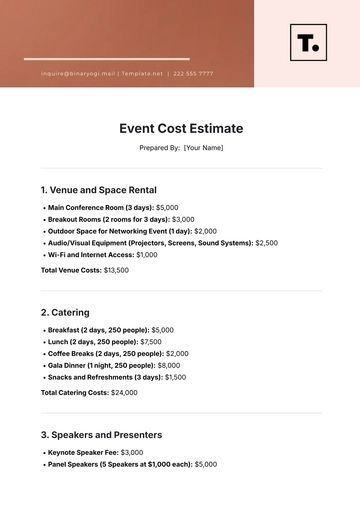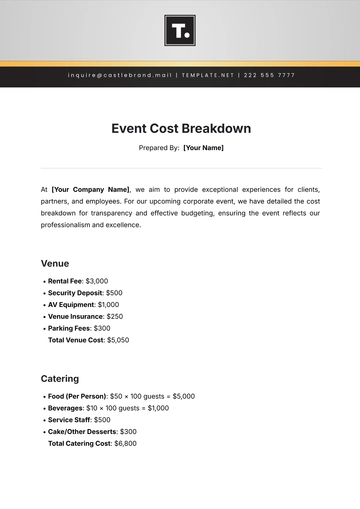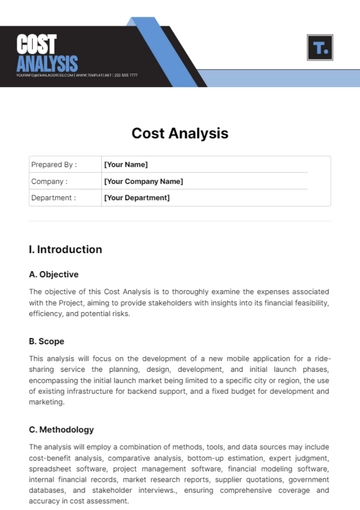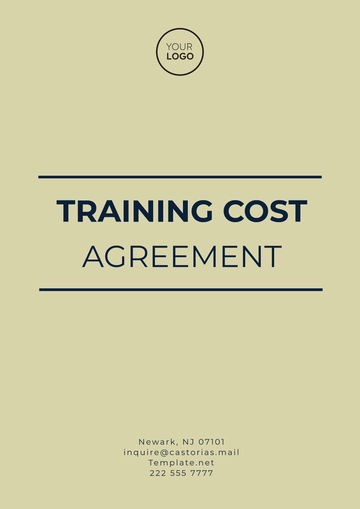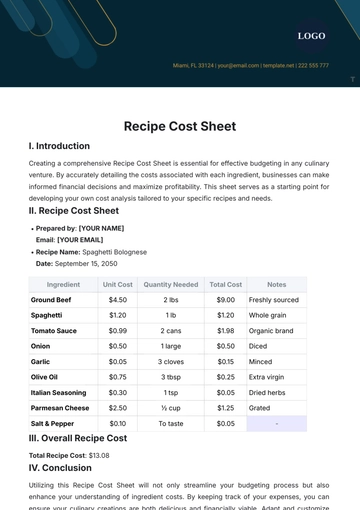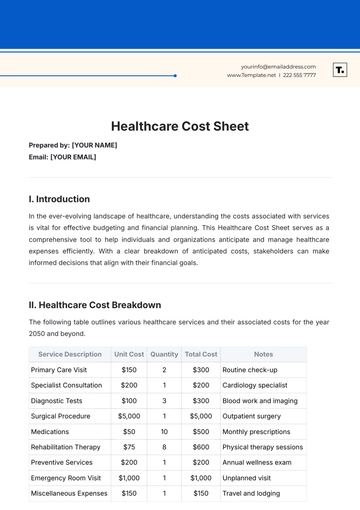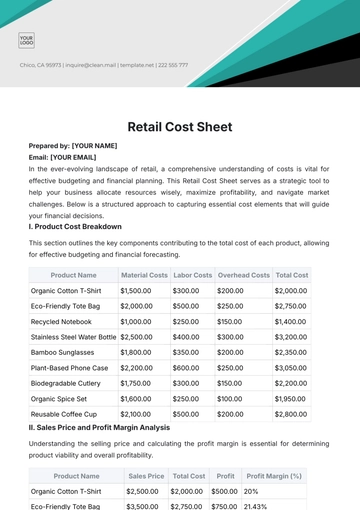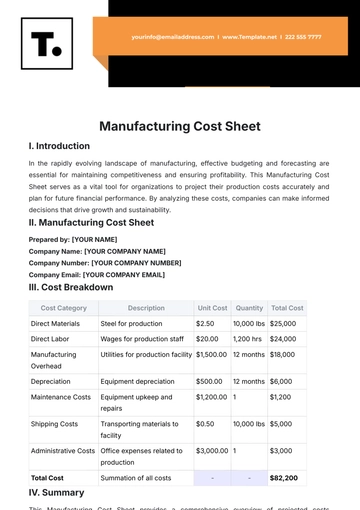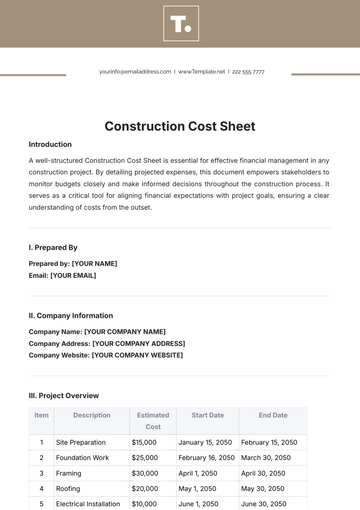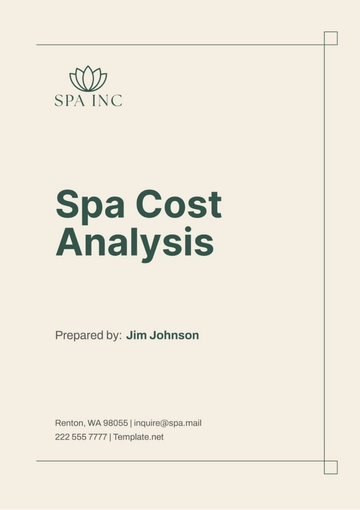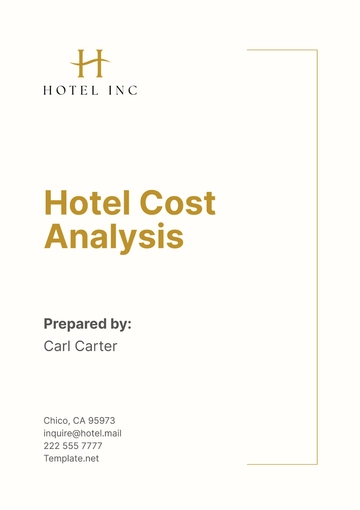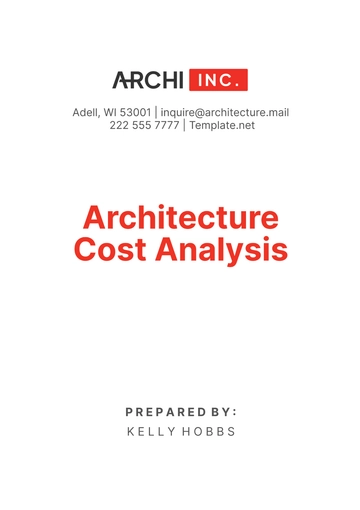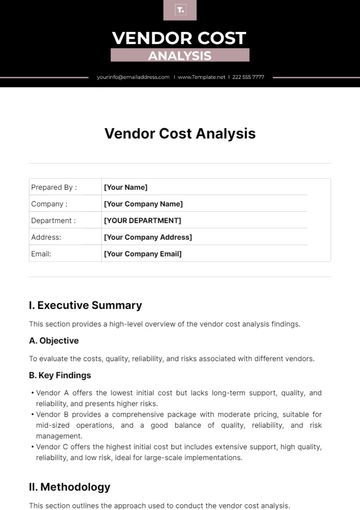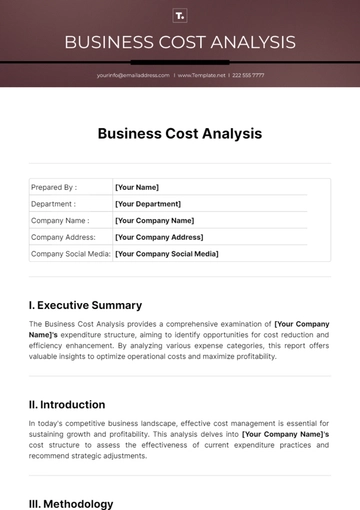Benefit-Cost Ratio Outline
Prepared by: [YOUR NAME]
This outline provides a comprehensive framework for calculating and analyzing the Benefit-Cost Ratio (BCR) for projects, policies, or initiatives. It is designed to ensure clarity and precision while covering all essential components of a cost-benefit analysis.
I. EXECUTIVE SUMMARY
Purpose of the Analysis:
Briefly state the objective of the analysis.
Example: "The purpose of this analysis is to evaluate the feasibility and value of [PROJECT NAME], proposed by [YOUR COMPANY NAME]."
II. INTRODUCTION
III. METHODOLOGY
Data Sources:
List all data inputs and their origins (e.g., market research, historical data, expert opinions).
IV. COST ANALYSIS
Identification of Costs:
Capital costs ([SPECIFIC EXAMPLES]).
Operational and maintenance costs ([SPECIFIC EXAMPLES]).
Opportunity costs ([SPECIFIC EXAMPLES]).
V. BENEFIT ANALYSIS
VI. BENEFIT-COST RATIO CALCULATION
BCR Formula Application:
Show the complete calculation using estimated figures.
Example:
\text{BCR} = \frac{\text{Total Benefits of [PROJECT NAME] (e.g., $**[X]**)}}{\text{Total Costs (e.g., $**[Y]**)}} = [BCR VALUE]
VII. SENSITIVITY ANALYSIS
Purpose of Sensitivity Analysis:
Discuss how changes in variables (e.g., discount rate, costs, or benefits) affect the BCR.
Scenarios Evaluated:
Best-case scenario.
Worst-case scenario.
Most likely scenario.
VIII. LIMITATIONS AND RISKS
IX. CONCLUSIONS AND RECOMMENDATIONS
X. APPENDICES AND REFERENCES
Appendices:
Detailed calculations.
Additional data tables.
Graphs and charts.
Analysis Templates @ Template.net
